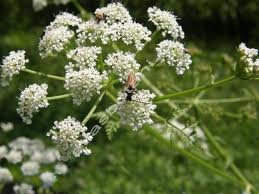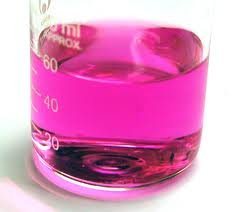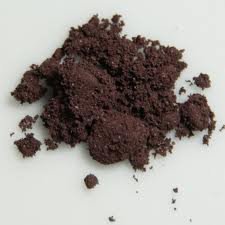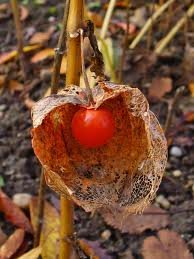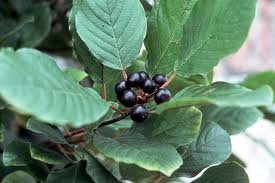Showing 1432–1440 of 1908 results
-
-
Petroselinum sativum
Parsley
(PETROSELINUM)The urinary symptoms give the keynotes for this remedy. Piles with much itching.
-
-
Phellandrium aquaticum
Water Dropwort
(PHELLANDRIUM)The respiratory symptoms are most important, and have been frequently verified clinically. A very good remedy for the offensive expectoration and cough in phthisis, bronchitis, and emphysema. Tuberculosis, affecting generally the middle lobes. Everything tastes sweet. Hæmoptysis, hectic and colliquative diarrhœa.
-
-
Phosphorus
Phosphorus
Phosphorus irritates, inflames and degenerates mucous membranes, irritates and inflames serous membranes, inflames spinal cord and nerves, causing paralysis, destroys bone, especially the lower jaw and tibia; disorganizes the blood, causing fatty degeneration of blood vessels and every tissue and organ of the body and thus gives rise to hæmorrhages, and hæmatogenous jaundice.
-
-
Physalis alkekengi
Alkekengi-Winter Cherry
(PHYSALIS – SOLANUM VESICARIUM)Marked urinary symptoms confirming its ancient uses in gravel, etc. Lithiasis; marked diuretic action. Languor and muscular weakness.
-
Physostigma venenosum
Calabar Bean
This remedy and its active principle, Eserine, form a valuable addition to Materia Medica. Stimulates heart, raises blood pressure, and increases peristalsis. Causes contraction of the pupil and of the ciliary muscles. Induces a condition of short-sightedness. Spinal irritation, loss of motility, prostration, with very sensitive vertebræ Fibrillary tremors. Rigidity of muscles; paralysis. Depresses the motor and reflex activity of the cord and causes loss of sensibility to pain, muscular weakness, followed by complete paralysis, although muscular contractility is not impaired. Paralysis and tremors, chorea. Meningeal irritation, with rigidity of muscles. Tetanus and trismus. Polymyelitis anterior. Eserine is used locally to produce contraction of pupil.



